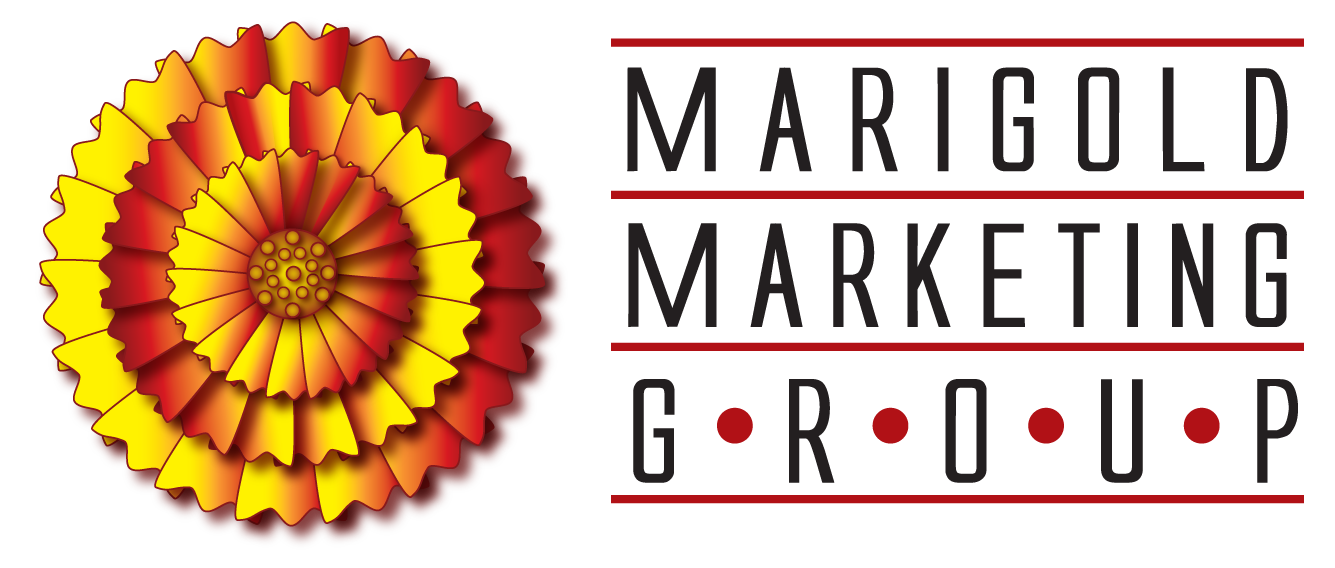How to Increase ROAS: Tapping into the Power of Facebook Ads

Scroll down to learn all of our tips and tricks to increase ROAS!
It’s an exciting time to be in digital marketing, especially when it comes to leveraging the power of Facebook Ads.
The goal of this blog post is to unravel the secrets of increasing Return on Ad Spend (ROAS) – a metric that stands as a cornerstone in our industry.

Facebook isn’t just a social media platform; it’s a dynamic advertising powerhouse.
Navigating this platform effectively requires more than just a basic understanding of digital marketing; it requires insight, strategy, and a bit of creativity.
This guide is crafted to be your roadmap in the ever-evolving landscape of Facebook advertising.
We aim to transform complex metrics and strategies into practical, actionable knowledge.
Think of it as a workshop in written form, where we break down the essentials of ROAS, share industry best practices, and explore the latest tools and trends.
Terms Every Paid Traffic Master Must Know
The Basics of ROAS in Facebook Advertising
ROAS, short for Return on Ad Spend, is a key metric in digital advertising, especially with Facebook Ads. It helps you understand how profitable your ads are.
Let’s break it down into simpler terms:
- What is ROAS?:
- It’s a measure of how much money you make from your ads compared to how much you spend on them.
- Think of it like a report card for your ad campaigns, showing if your money is well-spent.
- Calculating ROAS:
- First, find out how much money your Facebook ads are bringing in. You can use Facebook’s analytics or your e-commerce platform for this.
- Next, add up all the money you’ve spent on these ads, including costs for creating and running them.
- Do some simple math: Divide the revenue from ads by the total ad spend. For example, if you make $5,000 from ads that cost $1,000, your ROAS is 5. This means you earn $5 for every $1 spent.
- Improving ROAS on Facebook Ads:
- Targeting the Right Audience: Use Facebook’s tools to target your ads to people most likely to be interested.
- Optimizing Ad Placement: Use Facebook’s Automatic Placements tool to show your ads in spots where they’ll perform best.
- Managing Your Budget: Use Facebook’s Campaign Budget Optimization to ensure your money goes to the best-performing ads.
- Tracking Your Ads: Use tools like the Facebook Pixel and Conversion API to see how well your ads are converting viewers into customers.
- Why Facebook’s AI is Awesome:
- It helps target your ads more effectively.
- It optimizes how and where your ads are shown.
- It learns from your ad performance to make future campaigns even better.
Understanding and using ROAS effectively, especially with Facebook’s tools and AI, can really boost the performance of your ad campaigns. It’s all about spending your ad budget wisely and making sure your ads reach the right people.
Strategies for Enhancing ROAS on Facebook Ads
Increasing ROAS (Return on Ad Spend) involves several key factors that can significantly enhance the effectiveness and profitability of your advertising campaigns. Here’s a breakdown of some crucial elements:
- Targeting Precision:
- Sharpen your targeting to reach the most relevant audience. Utilizing detailed demographic, geographic, psychographic, and behavioral data helps in targeting ads to users more likely to convert.
- High-Quality Ad Creative:
- Invest in creating compelling and high-quality ad content. This includes visually appealing images or videos, engaging and clear copywriting, and strong calls-to-action. Ads that resonate with the audience tend to have higher engagement and conversion rates.
- Optimized Landing Pages:
- Ensure that the landing pages your ads link to are optimized for conversions. This means they should be relevant to the ad content, load quickly, be easy to navigate, and have a clear call-to-action.
- A/B Testing:
- Regularly test different elements of your ads, such as headlines, images, and calls to action. A/B testing helps identify what works best with your audience, allowing for continuous improvement of ad performance.
- Effective Budget Allocation:
- Wisely allocate your ad spend. Analyze which campaigns or ad sets are performing well and allocate more budget to them. Conversely, reduce spending on underperforming ads.
- Utilizing Analytics and Data:
- Leverage data and analytics to make informed decisions. Regularly review your ad performance data to understand what’s driving success and where there’s room for improvement.
- Ad Format and Placement Strategy:
- Choose the right ad formats and placements that align with your campaign goals. Different formats and placements can yield varying results, so it’s essential to align them with your specific objectives.
- Understanding the Customer Journey:
- Tailor your ads according to the different stages of the customer journey. Different messages and calls-to-action might be needed for customers at the awareness stage compared to those ready to purchase.
- Seasonality and Timing:
- Consider the timing of your campaigns. Align your ad campaigns with seasonal events, holidays, or specific times of the day or week when your audience is most active.
- Long-Term Customer Value:
- Focus on acquiring customers who have the potential for high lifetime value. It’s not just about the initial conversion but also about fostering long-term relationships with customers.
By focusing on these factors, you can increase the effectiveness of your ad campaigns, leading to a higher ROAS. The key is continuous testing, learning, and adapting to what works best for your target audience and business goals.
As we wrap up our exploration into maximizing ROAS with Facebook Ads, let’s recall the wise words of Philip Kotler:
“Marketing management is the art and science of choosing target markets and getting, keeping and growing customers through creating, delivering, and communicating superior customer value.”
Philip Kotler
This quote beautifully encapsulates the essence of what we’ve discussed.
Marketing, especially in the dynamic realm of Facebook Ads, is indeed a perfect amalgamation of creativity, data science, intuition, and meticulous research.
The journey to high ROAS is continuous and evolving, requiring us to adapt and learn with each campaign we launch.
Now, it’s your turn to apply these insights and strategies to your Facebook ad campaigns. Remember, every ad is an opportunity to connect with your audience and create value that resonates.
We encourage you to experiment, analyze, and refine your approach to Facebook advertising. Use the tools and best practices discussed here to enhance your ROAS and contribute to the growth and success of your business.
If you’re ready to take your Facebook advertising to the next level, or if you have any questions, insights, or experiences you’d like to share, we’d love to hear from you!
Boosting Ticket Sales for a Pop Culture Convention: A Halloween Marketing Success Story


Trick or Treat? Unmasking the Marketing Success of a Pop Culture Convention
Halloween came early for the team at Marigold this year. We were tasked with selling as many tickets as possible to an event for a client without leveraging two of a marketer’s most valuable tools: urgency and context. That’s scary stuff!
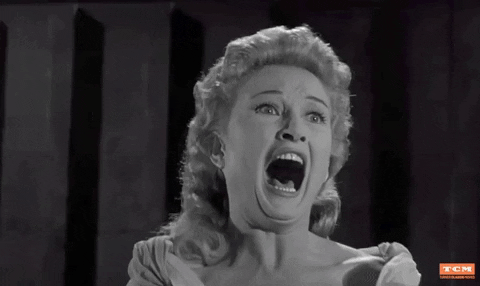
The client hosts a B2C pop culture event in a major metropolitan area of the United States. They headline celebrity guests and give attendees the chance to see the casts of their favorite franchises up-close-and-personal.
It’s a format that’s proven successful multiple times over, but this year the Hollywood writers’ strike turned what should have been a walk in the park into a stroll through a haunted house.
We could use the individual celebrities’ names and images in ads, we were instructed, but could not link them to the franchise they were associated with. That’s like when a kid marches up to your front stoop, proud of her costume and expecting you to remark with recognition, but all you see is a vaguely familiar outfit completely void of context.
Would our conference attendees feel the same way? Could the celebrities’ name recognition alone drive purchasers, even without the logos, intellectual property, and context provided by their franchises?
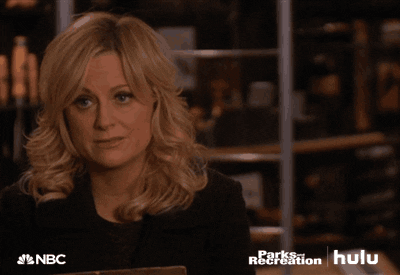
We faced another jump scare when we learned that there were no urgency periods built into the sales cycle. Ticket prices will often increase several times leading up to the event, giving marketers natural urgency periods to drive sales. There was nothing that incentivized attendees to buy their tickets and buy them now.
Our toolbox lighter, we forged into strategy mode like a six-year-old dressed like Iron Man.
Were We Working on Frankenstein’s Monster? (AKA A Tale of Convention Marketing)

The venue allows for nearly unlimited scaling, and we were told by the client, “There is no sellout number,” when we asked about it. Our mission was clear: sell as many tickets as possible for the budget we were given.
We reviewed the client’s marketing efforts the previous year to ascertain what kind of results were possible. The bar was high, with strong volume and low CPAs all around. We did a thorough analysis of exactly what prior efforts worked and which we would abandon. We want to undertake each new client and campaign with a well-formulated understanding of the landscape in which we are working.
Due to the nature of the audience, we knew that dialing in the interest groups was going to be one of the primary keys to success. Warm traffic was important, but in order to sell as many tickets as we needed to, we would have to find the right users and show them the right ads.
Crafting MMG Magic: Selling Tickets to a Pop Culture Convention
Proper targeting would be key to success, we knew. We created audiences within ad sets that most effectively represented the likeliest avatar of an attendee given the celebrity guests attending. Some guests’ fan bases were flourishing in multiple sectors, and we used multiple adjacent interest groups to locate interested users. These audiences and their lookalikes proved to be integral to the campaigns’ success.
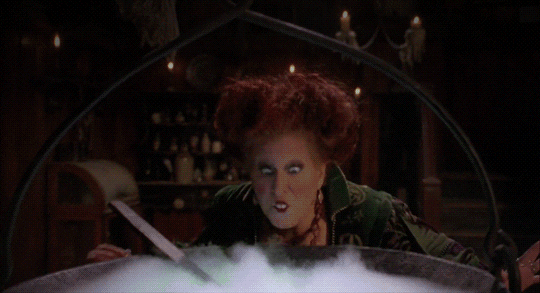
The client maintains a strong organic presence, and in order to ignite the energy amassed by social proof, our team used well-performing social posts of guest announcements as ad creative. We ran these alongside designed graphics and videos but celebrity-led creative far outperformed anything else. Our efforts were to get the right ones in front of the right users, causing the algorithm to do as little work as possible to pair the two.
Geographic targeting was another piece of the puzzle we had to get to fit. Since the event was held in a major metro area, we targeted geographically broadly for most of the sales campaigns. The last several weeks were spent targeting users within driving distance of the event’s location.
Implementing this strategy required agility, as we had to shift budget and focus multiple times in the duration of the campaign. A month before the event, we were tasked with selling celebrity photo op and autograph packages. We leveraged the existing interest-driven audiences and the celebrity creatives that were producing purchases in a series of campaigns.
Then, with the event several weeks out, we were directed by the client to shift focus from the photo op and autograph sales, and once again shine the light on volume since the CPAs were so low and ROI was surpassing expectations. They could make more money by selling tickets than they initially expected, the event organizers realized.
Unearthly Success: The ‘90% Sold Out’ Strategy That Haunted Our Pop Culture Convention

A week out from the event, we began running “90% Sold Out!” campaigns for an event that we were told didn’t have a sellout number.
On Meta platforms, we sold 1,258 tickets (41% more than last year!) with a CPA of $7.60 and 33x ROAS. We sold an additional 610 photo ops/autographs with a CPA of $5.18 and 48x ROAS. On Google, we sold 5,927 tickets with a CPA of $2.11 and ROAS of 118x.
“Know your audience” is so common it’s become a marketing cliche, but in this instance, it proved true for a reason. With the platforms relying so heavily on the algorithms, the onus is on us as marketers to provide it the best information possible. By addressing the avatar from all available sides, tightening the location targeting at the right times, and leveraging social proof, we produced an “overwhelming” number of attendees according to the client, and made their on-site team earn their paychecks!
2023 Video Trends: Staying Ahead in Digital Content
2023 Video Trends: Staying Ahead in Digital Content
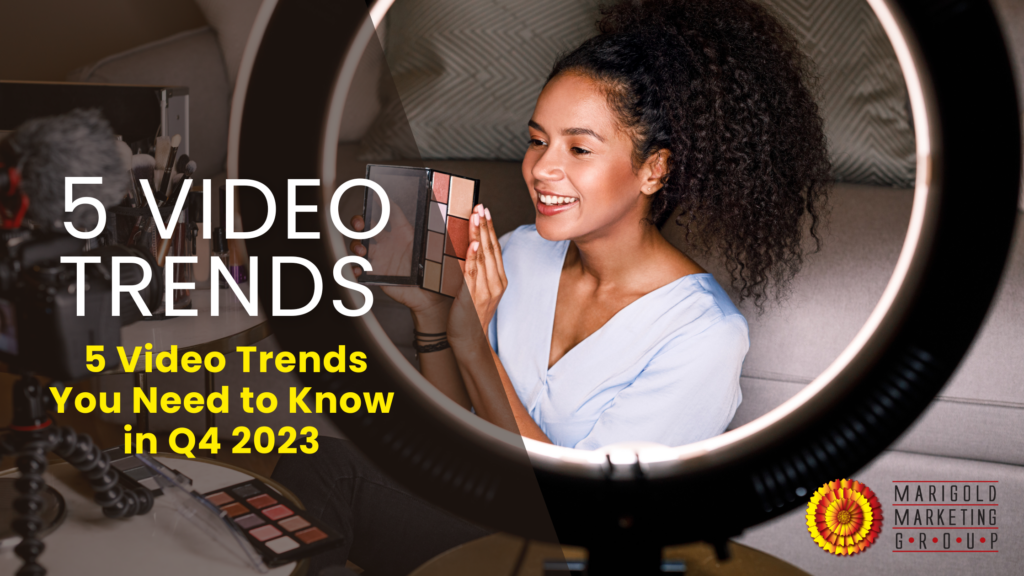
In the ever-evolving landscape of digital content, staying ahead of the curve is essential for content creators, marketers, and businesses alike. One area that continues to witness rapid changes and innovations is video content. In this blog post, we’ll dive into the top five video trends shaping 2023.
1. Animated Captions for Engagement and Accessibility
Animated captions are revolutionizing video content in 2023. They serve multiple purposes: capturing viewers’ attention, enhancing engagement, and improving accessibility. Tools like CapCut and Opus Clip offer easy ways to incorporate animated captions into your videos, making them stand out in the digital landscape.
A great example of a creator who uses dynamic animated captions is Alex Hormozi.
2. Vertical and Square Videos Take Center Stage
Horizontal videos are a thing of the past. In 2023, vertical videos have emerged as the top choice for content creators. Their popularity is driven by their natural fit for mobile devices, the primary platform for video consumption. Square videos are also preferred for short-form content, seamlessly fitting various social media platforms.
3. Embrace the Organic and Casual Style

Audiences crave authenticity. In 2023, the trend leans towards organic and casual-style videos where creators speak directly to the camera. Authenticity resonates with viewers, building stronger connections and engagement.
4. Video Memes for Native Advertising
Video memes are a creative way to promote products or services in 2023. Using trending audio and templates from platforms like CapCut, you can create ads that blend seamlessly with native content, increasing the chances of your message being well-received and shared.
5. Shorter is Better: Keep It Under 1 Minute
Attention spans are shrinking in the fast-paced world of digital media. To ensure your content is consumed in its entirety, aim to keep videos under 1 minute. Shorter videos are more shareable and retain viewer attention from start to finish.
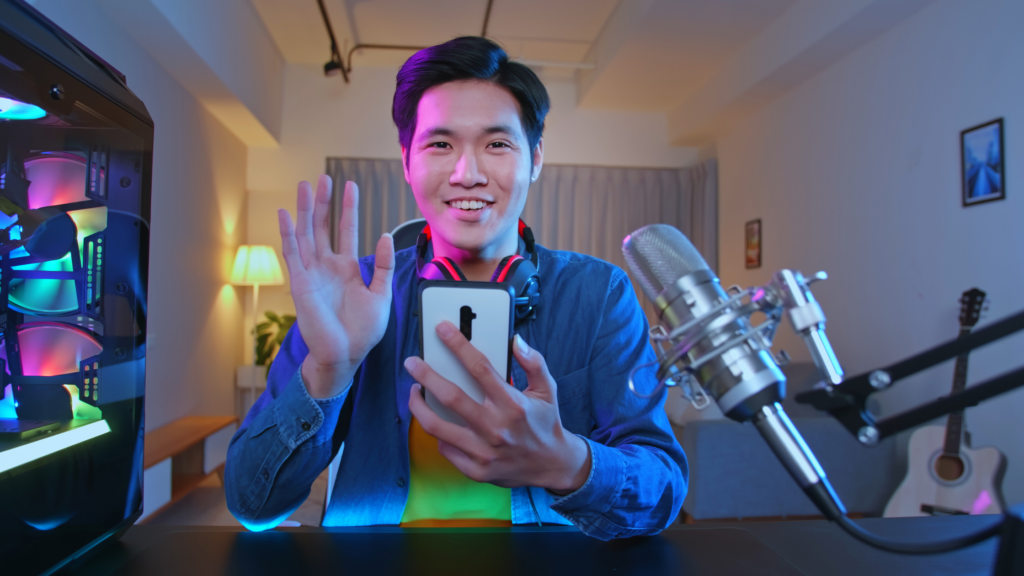
Honorable Mention: Going Live
Live streaming remains a powerful engagement tool. It fosters real-time interaction, community, and immediacy. Incorporate live sessions into your content strategy for a deeper connection with your audience.
Extra Tips and Tricks:
Posting Frequency
Consistency is key. Determine a posting schedule that aligns with your resources and audience expectations. Consider daily Story uploads, linking back to your website or sales page for maximum impact.
Content Focus
Deliver value to your audience, whether it’s entertainment, education, or inspiration. Ensure your video provides something meaningful to your viewers.
Don’t Forget Stories
Stories are essential on social media platforms. Utilize this feature for behind-the-scenes glimpses, quick updates, and sharing user-generated content (UGC) to keep your audience engaged throughout the day.
Leverage User-Generated Content (UGC)
Encourage your audience to create content related to your brand or product. Reposting UGC builds community and showcases your product in real-life scenarios.
Recommended Tools: CapCut and Opus Clip
CapCut and Opus Clip are fantastic tools for adding creative elements to your videos, from animated captions to meme templates. They simplify the process of making your videos stand out.
Staying up-to-date with video trends is crucial for anyone involved in digital content creation. Whether you’re a seasoned creator or just starting, incorporating these trends into your video strategy can help you stay relevant, engage your audience, and make a lasting impact in the digital world of 2023. Embrace these trends to elevate your video content to the next level!
Key Facebook Ad Metrics for Event Managers
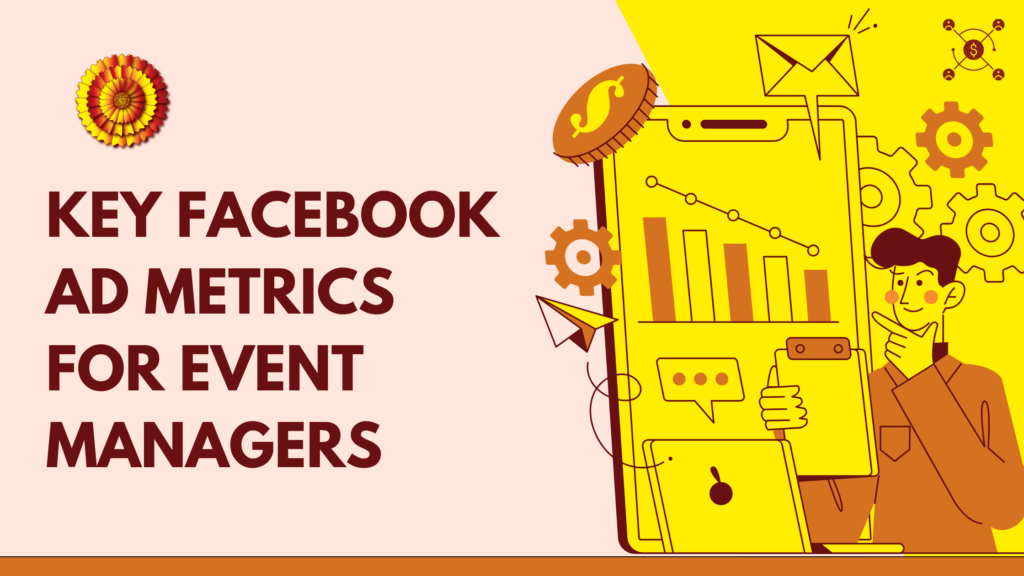
Event managers shoulder the immense responsibility of orchestrating flawless events, from dazzling concerts to high-stakes business conferences. We understand the importance of every filled seat and every smiling face in the audience. That’s why we’ve embarked on an in-depth journey into the ultimate guide on ‘Key Facebook Ad Metrics for Event Managers.’ We believe that your event’s potential is boundless when you harness the power of data.
In today’s digital marketing era, Facebook has emerged as a game-changer for event promotion. However, it’s not just about launching ads; it’s about comprehending and effectively utilizing Facebook ad metrics to set the stage for triumph.
Over the coming weeks, we’ll delve deeper into these metrics. For now, let’s start with an introduction (or a refresher) on the metrics that should be tracked and analyzed to ensure the success of your digital marketing efforts.
The Significance of Metrics
Key Facebook ad metrics play a pivotal role in event promotion by providing event managers with the data and insights they need to make informed decisions, optimize their advertising efforts, and maximize the success of their events.
Ad Tracking: What It Is & How to Do It
These metrics offer a clear view of the return on investment (ROI) for your ad campaigns. They allow you to calculate the revenue generated or event attendance achieved for each dollar invested in advertising. This insight is indispensable for evaluating the financial success of your event promotion efforts.
Instead of relying on intuition or guesswork, event managers can base their decisions on concrete data and insights, leading to more effective and efficient advertising strategies.
An Overview of Key Metrics:
- Click-Through Rate (CTR): CTR represents the percentage of individuals who clicked on your ad after seeing it. A high CTR indicates that your ad is engaging and is driving interest in your event.
- Link Clicks: This metric tracks the number of times people clicked on a link in your ad, directing them to your event’s landing page. A high number of link clicks signals strong interest in your event.
- Landing Page Views: Landing page views count the number of times your landing page was loaded and viewed by users, a critical step in the conversion process.
- Conversion Rate: The conversion rate measures the percentage of individuals who took a desired action after clicking on your ad, such as event registration or ticket purchase.
- Cost per Click (CPC): CPC represents the cost for each click on your ad, crucial for managing advertising costs while achieving desired results.
- Ad Impressions: Impressions indicate the total number of times your ad was displayed, providing insights into the reach and visibility of your ad campaign.
- Return on Ad Spend (ROAS): ROAS compares the revenue generated from your ads to the amount spent, directly indicating the financial success of your ad campaigns.
- Cost Per Result: This metric quantifies the cost associated with achieving specific results in your ad campaign, allowing you to measure your investment for each successful outcome.
The importance of key Facebook ad metrics for event managers cannot be overstated. These metrics are not just numbers; they are powerful tools that can make or break your event advertising campaigns.
We encourage event managers to apply the insights gained from this guide to their upcoming event advertising campaigns, regardless of the scale of the event. Monitoring and analyzing Facebook ad metrics can be the key to achieving your event objectives.
Stay tuned to our blog as we continue the ‘Metrics that Matter’ series. In future segments, we will delve deeper into event management, providing additional valuable insights, tips, and strategies to enhance your event planning and execution.
Thank you for reading, and here’s to your future success in event management!
